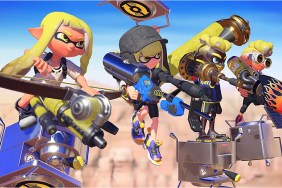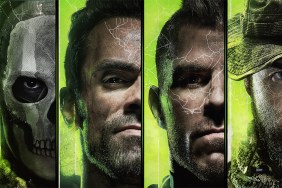Gears of War introduced a brand new mode of multiplayer, Horde Mode, which set the title as a game changer as much as its chest-high walls. Horde Mode is one of the most popular multiplayer modes in the Gears of War franchise, and because it has done so well, it hasn't changed too much with the various sequels. With Gears of War 4, because Sera…











